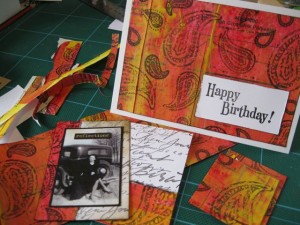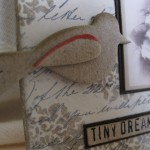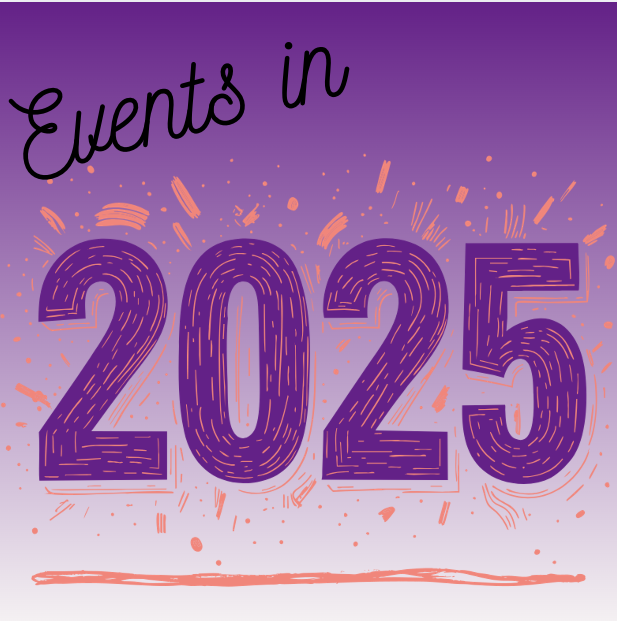Getting Started Articles
With Mixed Media Art, Everyone can be Creative
Create Your own Mixed Media Art
Express Your Creativity through Mixed Media Art
Altered books for Mixed Media Art
Digital Images in Mixed Media Art
Everything you ever wanted to know about Scrapbooking Scissors
The variety of Mixed Media Art Techniques seem almost endless. Some of them are basics that you will use again and again. Other techniques are particular to one medium or application – these need preparation and sometimes a little help along the way.
Mixed Media Art Techniques – downloadable technique sheets
Mixed Media Art Techniques
General Papercraft Techniques
Making Book Covers – great skill to master. So many projects can start here.
Mixed Media Art Theory
Creating Seamless Transitions
Background Techniques
Simple resistance technique
Canvasboard background
Embossing Resistance with Paint
Techniques with their own name
Serendipity Technique – this is a great technique for creating unusual collages with
left over bits of paper
This is my favourite images site – Karen’s Whimsy
Brilliant for Vintage Images – Art-e-zine
This site has digital sheets to purchase and download instantly, but does offer a freebie to try – Digital Collage Sheets
..
Terms & Definitions
A – K
Gesso – an artists priming paint, usually white and containing calcium to give it a chalky feel. It prevents paints from soaking into the substrate and gives the surface some texture. There are many cool mixed media techniques that use gesso.
L – Z
Substrate – the underlying surface for a mixed media art project. It may be cardboard, canvas, wood an old box or a book, ready for altering
If there are any terms or definitions you need help with, send them to us via Contact Us and we’ll add them for you!
…
Tips and Hints
Below you’ll find an eclectic range of tips and hints that can be applied to many of your Mixed Media projects:
1. Use the plastic bags from your cereal box as a drop sheet or surface cover so you don’t get paint everywhere! After you’ve emptied the cereal, carefully open it along the seams, give it a wash to get the crumbs off it and set it aside to dry. Now you will have a drop sheet at hand, whenever you need it. I’ve also attached one to a piece of thick cardboard, to create a paint board; great for painting those little embellishments, so you can move them aside to dry.
2. Use the cereal box cardboard as your inexpensive substrate – cut cut it open and you are ready to go!
3. With the credit card painting techniques, for making your own unique backgrounds, you can experiment with any paints you have on hand. Different brands and colours will have varying thicknesses. Mixing different colours together will bring unexpected results that will surprise and delight.
4. For adding thin lines to your work, try using the edge of an old credit card. Apply paint along the edge with a paintbrush or your finger, then run the card down your work, making a thin line that will fade as the paint is used.
5. To make interesting circles on your work, find a range of old jar and bottle lids. The different sizes and materials will add further dimension to your work, as you add paint and print circles onto your mixed media pieces
6. When you have finished, don’t forget to clean up! Removing paint from brushes, old credit cards and jar lids is much easier while it is still damp. An old cloth and some water will do the trick. And then your “tools” will be ready to use the next time you sit down to create.
7. If you are having trouble matching embellishments with the background, use your paints to create both the background and add colour to your embellishments. Grungeboard shapes and punches are an easy way to keep your colours consistent.
If you’ve got any other tips or hints that you’ve picked up along your Mixed Media journey, please let us know!
~*~*~*~





Recent Comments